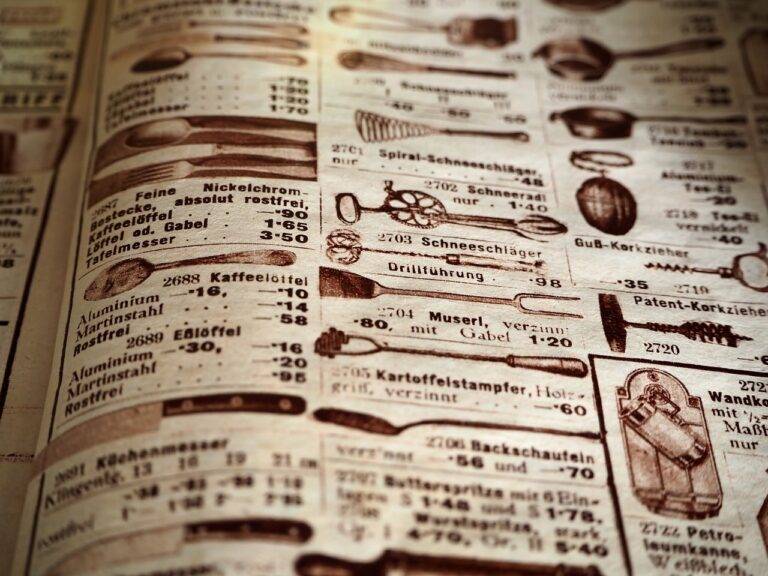Wine Cellar: The Ultimate Guide to Storing and Enjoying Your Wine Collection
A Wine Cellar is more than just a storage space; it is a sanctuary for wine enthusiasts who value the art of aging and preserving their favorite bottles. Whether you are a casual wine drinker or a serious collector, having a proper wine cellar can enhance the flavor, aroma, and overall experience of your wine.
In this article, we will explore everything you need to know about a wine cellar—from design tips and temperature control to maintenance and frequently asked questions. This guide will help you create or maintain the perfect wine cellar to enjoy your collection for years to come.
What Is a Wine Cellar?
A wine cellar is a specialized space designed to store wine bottles in optimal conditions. Traditionally, wine cellars are underground rooms that maintain consistent temperature and humidity levels, crucial for proper aging. However, modern wine cellars can be custom-built anywhere in your home or even be modular units, adapting to various lifestyles and spaces.
The main goal of a wine cellar is to preserve the quality of wine by protecting it from heat, light, and vibration, which can all negatively affect the wine’s development.
Why Do You Need a Wine Cellar?
Building or investing in a wine cellar is important for several reasons:
Optimal Storage Conditions
Wine is sensitive to environmental changes. A wine cellar ensures consistent temperature (ideally between 50°F to 59°F) and humidity (around 60%-70%), preventing premature aging or spoilage.
Preserves Wine Quality
A properly maintained wine cellar slows down the oxidation process and helps wines mature gracefully, enhancing their taste and bouquet.
Organizes Your Collection
A wine cellar offers a dedicated space to organize your bottles by type, vintage, or region, making it easy to find the perfect bottle for any occasion.
Adds Value to Your Home
A custom wine cellar is a desirable feature that can increase the value and appeal of your property.
Designing the Perfect Wine Cellar
Designing a wine cellar involves several considerations to ensure it meets your storage needs and aesthetic preferences.
Size and Capacity
Decide how many bottles you want to store. Wine cellars can hold a few dozen bottles or thousands. Your collection size will guide the size of your wine cellar.
Temperature Control
Installing a reliable cooling system is essential. Wine cellar cooling units are specially designed to maintain the proper environment without affecting the home’s overall temperature.
Humidity Control
Humidity prevents corks from drying out and keeps labels intact. Dehumidifiers or humidifiers may be used to maintain ideal moisture levels.
Lighting
UV rays from sunlight or fluorescent bulbs can damage wine. Wine cellars often use LED lighting or dimmed lights to protect the bottles.
Racking Systems
Custom racks made from wood, metal, or acrylic organize your collection neatly. Consider adjustable racks for flexibility as your collection grows.
Types of Wine Cellars
There are several types of wine cellars to suit different spaces and budgets:
Traditional Underground Cellar
Built below ground to take advantage of natural insulation, these cellars maintain stable conditions but require excavation and waterproofing.
Above-Ground Wine Cellar
Often in a basement or climate-controlled room, these cellars use cooling units to simulate underground conditions.
Wine Cabinets and Refrigerators
Compact, temperature-controlled units for smaller collections or limited space, often used in kitchens or living areas.
Modular Wine Cellars
Pre-fabricated systems that can be assembled in various locations and expanded as needed.
Maintenance Tips for Your Wine Cellar
Maintaining your wine cellar ensures your collection stays in peak condition:
-
Monitor Temperature and Humidity: Regularly check settings and adjust cooling or humidifying systems as needed.
-
Clean Regularly: Dust and dirt can accumulate, so clean racks and floors periodically.
-
Inspect for Mold or Odors: High humidity may cause mold growth; keep the area ventilated.
-
Rotate Bottles: Occasionally rotate bottles to keep corks moist and prevent sediment settling.
-
Service Cooling Units: Schedule routine maintenance for your cooling system to avoid breakdowns.
Frequently Asked Questions (FAQ) About Wine Cellars
What is the ideal temperature for a wine cellar?
The ideal temperature for a wine cellar ranges from 50°F to 59°F (10°C to 15°C). Consistency is key to avoid fluctuations that can damage the wine.
How important is humidity in a wine cellar?
Humidity between 60% and 70% is essential to prevent corks from drying out, which could lead to oxidation and spoilage of wine.
Can I build a wine cellar in a regular room?
Yes, with proper insulation, cooling, and humidity control, any room can be converted into a wine cellar.
How long can wine be stored in a wine cellar?
Depending on the type of wine, some bottles can age for decades in a well-maintained wine cellar, while others are best consumed within a few years.
What type of wine rack is best for a wine cellar?
Wooden racks are popular for their classic look and durability, but metal and acrylic racks are also good options depending on your style and budget.
Benefits of Investing in a Wine Cellar
Owning a wine cellar offers numerous benefits beyond just storage:
-
Improved Wine Taste: Proper aging enhances flavors and aromas.
-
Convenience: Access to a well-organized collection at home.
-
Impress Guests: A wine cellar is a striking addition for entertaining.
-
Preserves Investment: Protects valuable wines, allowing them to increase in value.
Conclusion
A wine cellar is an essential asset for wine lovers who want to preserve and enjoy their collection in ideal conditions. Whether you opt for a traditional underground cellar or a modern modular unit, maintaining the right temperature, humidity, and organization will ensure your wines age gracefully.
By understanding the importance of a wine cellar, investing in proper design and equipment, and following regular maintenance, you can savor every bottle to its fullest potential. Start planning your perfect wine cellar today and elevate your wine experience to new heights.







